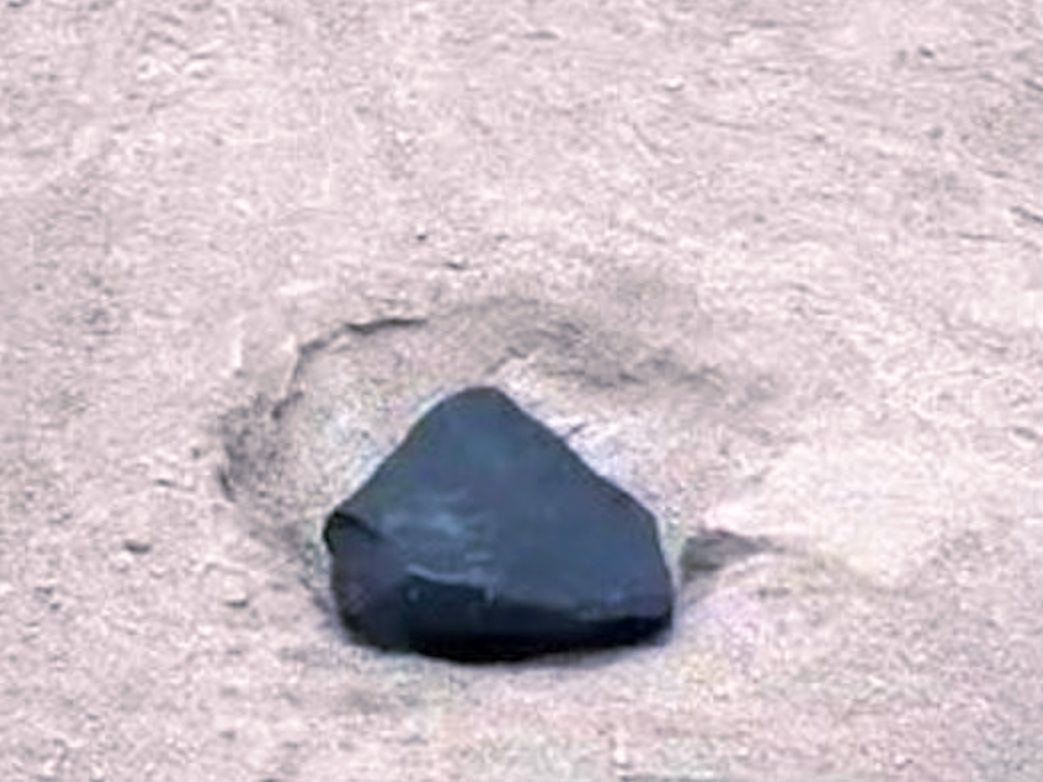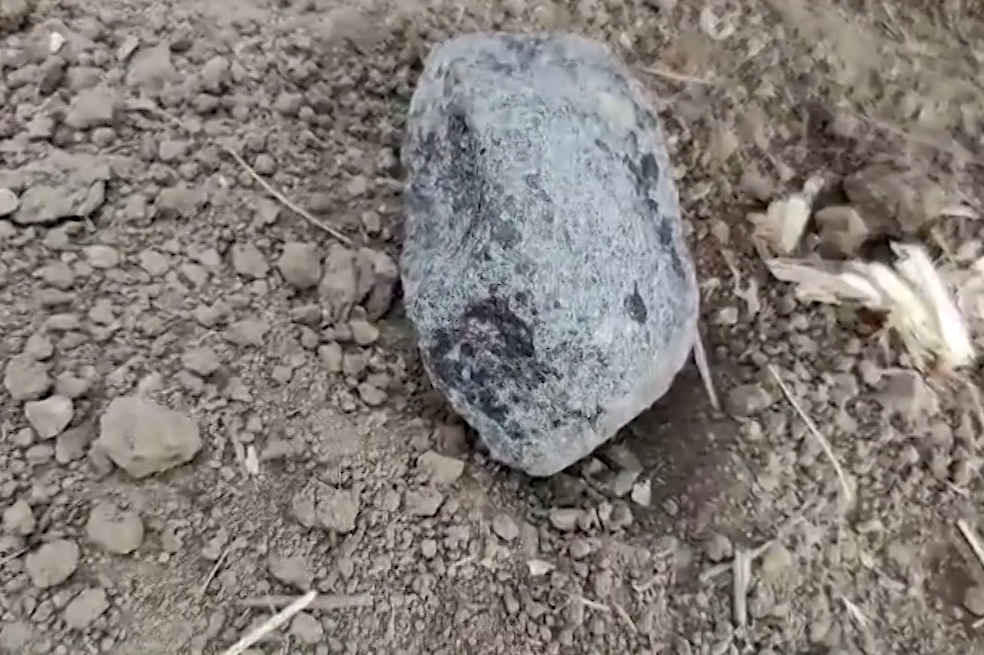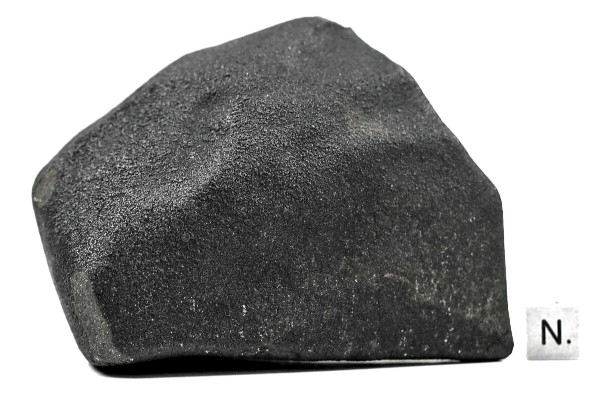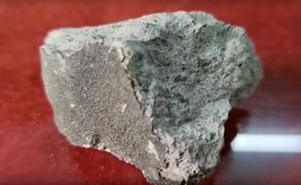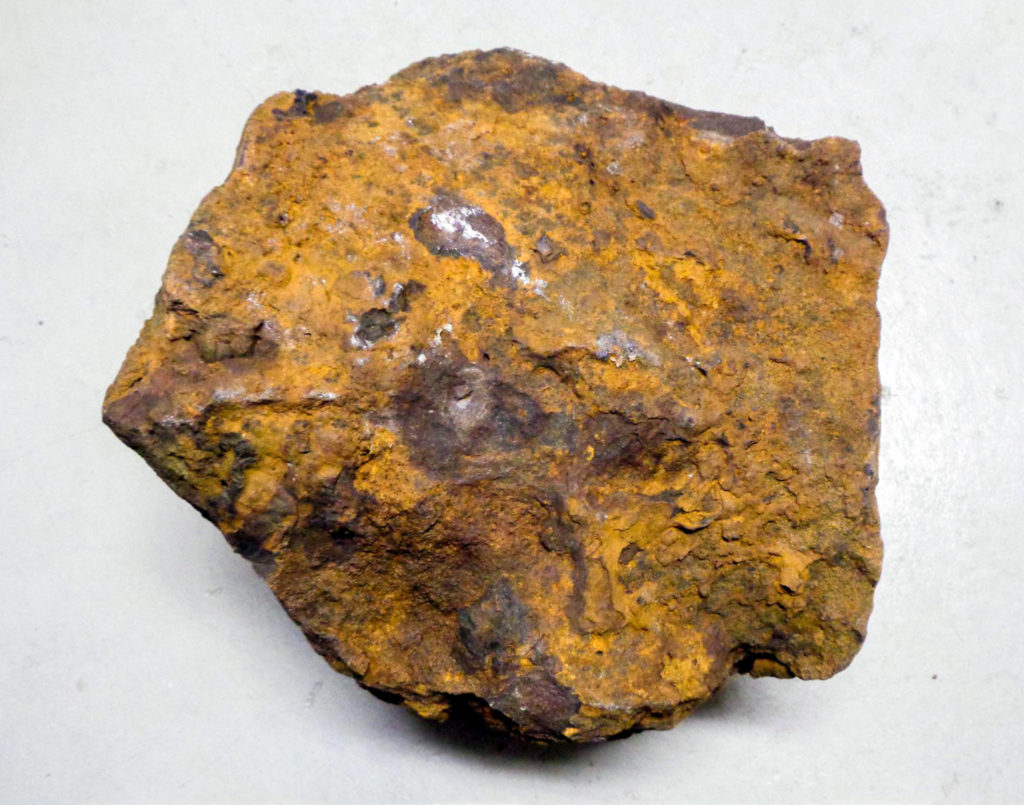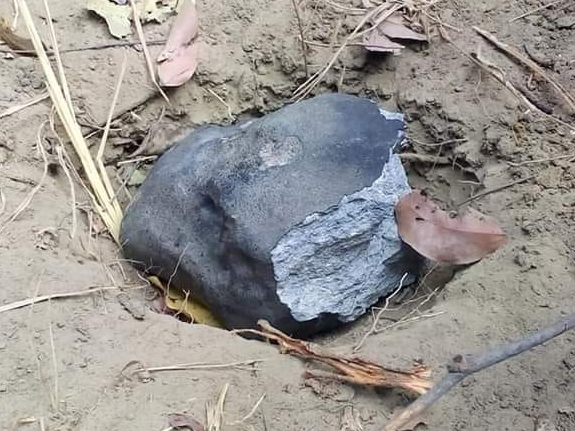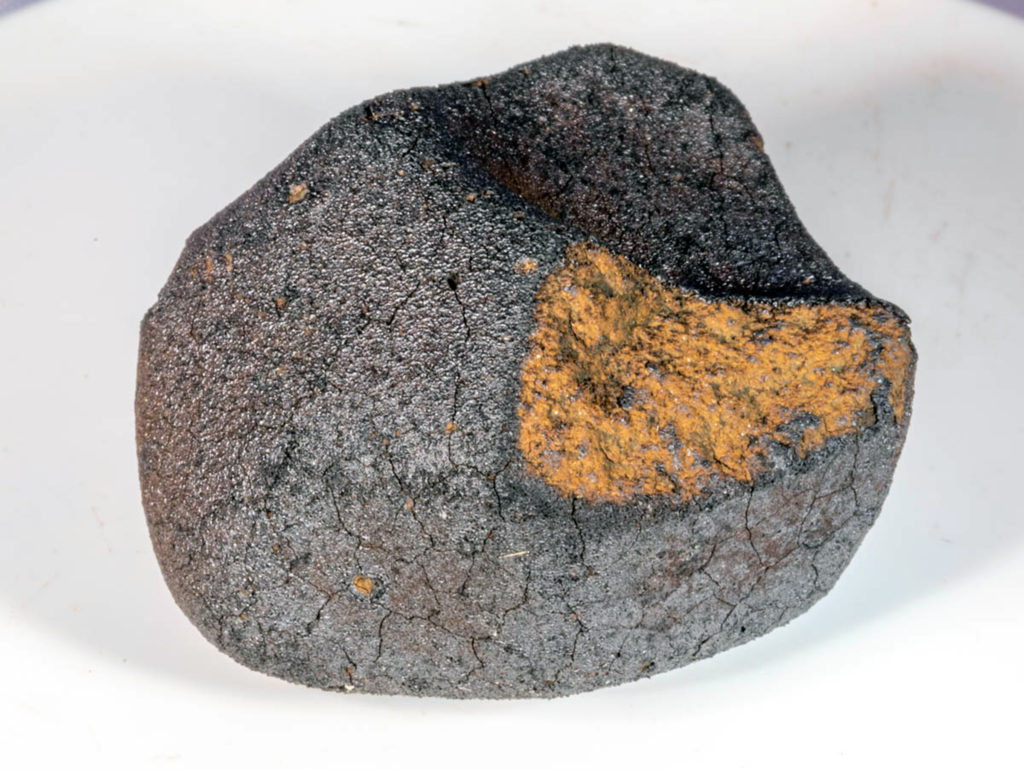Protoplanetary cores drove chondrule formationOPEN ACCESS
Mohamad Ali-Dib, Craig Walton
resubmitted to MNRAS in February 2025 after revision (preprint 21 Mars 2025)
“Chondrules are small spherical objects that formed at high temperatures early in the history of the Solar System. The key compositional characteristics of chondrules may be well explained by high gas pressures in their formation environment (Galy et al. 2000; Alexander et al. 2008). However, such high gas pressures are widely considered astrophysically unreasonable (Ebel et al. 2023). Here, we propose that chondrules were formed via the processing of dust grains in the dust-rich envelopes of planetary embryos, before getting ejected via convective diffusion. We show that this scenario can explain many salient constraints on chondrule formation, including formation locations; mass and timescale of chondrule production; repeat chondrule heating events; heating timescales; and, most crucially, high prevailing gas pressures. Our work suggests that high gas pressures may indeed have prevailed during the formation of chondrules, reconciling previous analytical observations, experimental evidence, and theory. We suggest that chondrules are mostly the products rather than the precursors of planetary embryo formation – a result which would have important implications for our understanding of the early history of the Solar System.”

